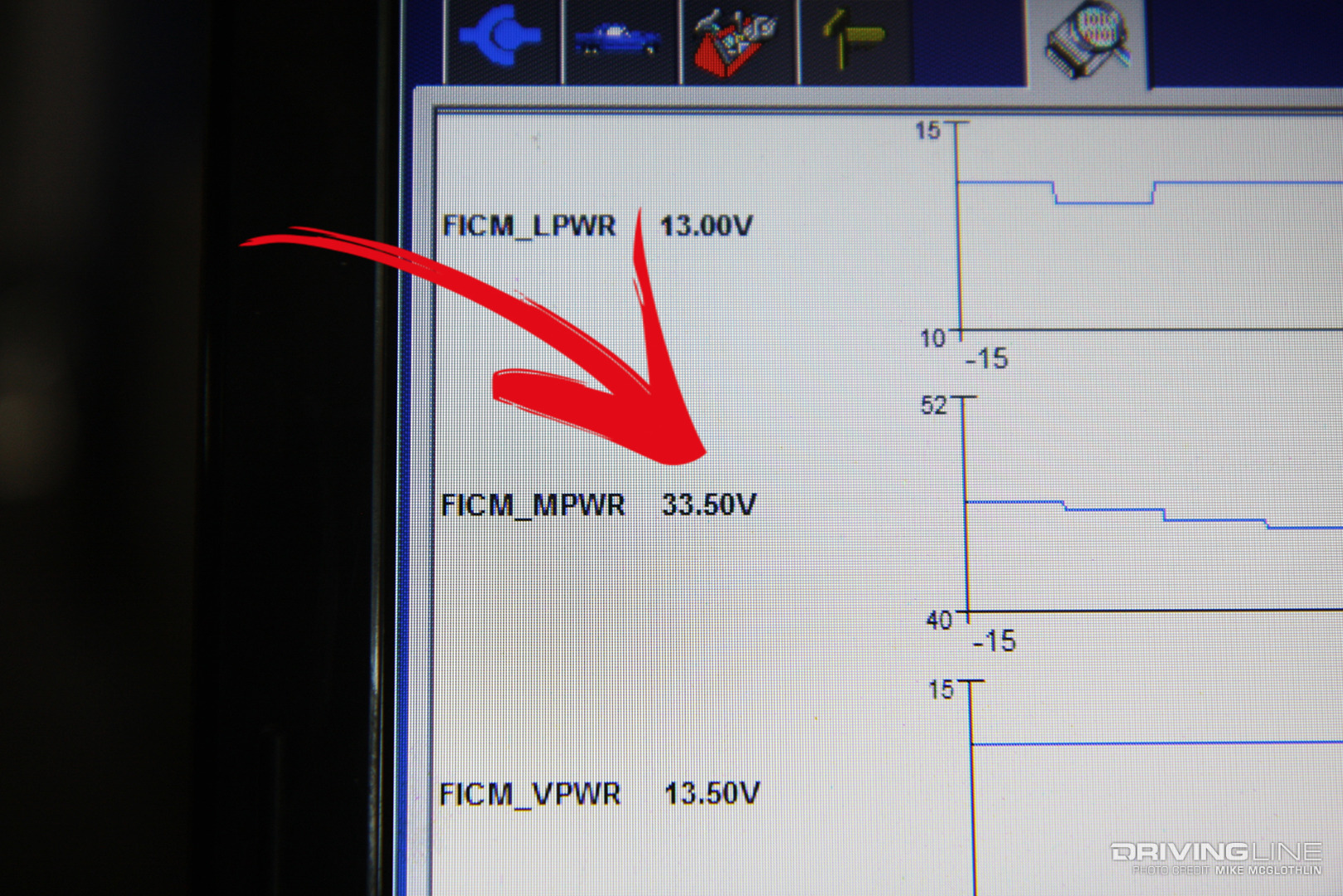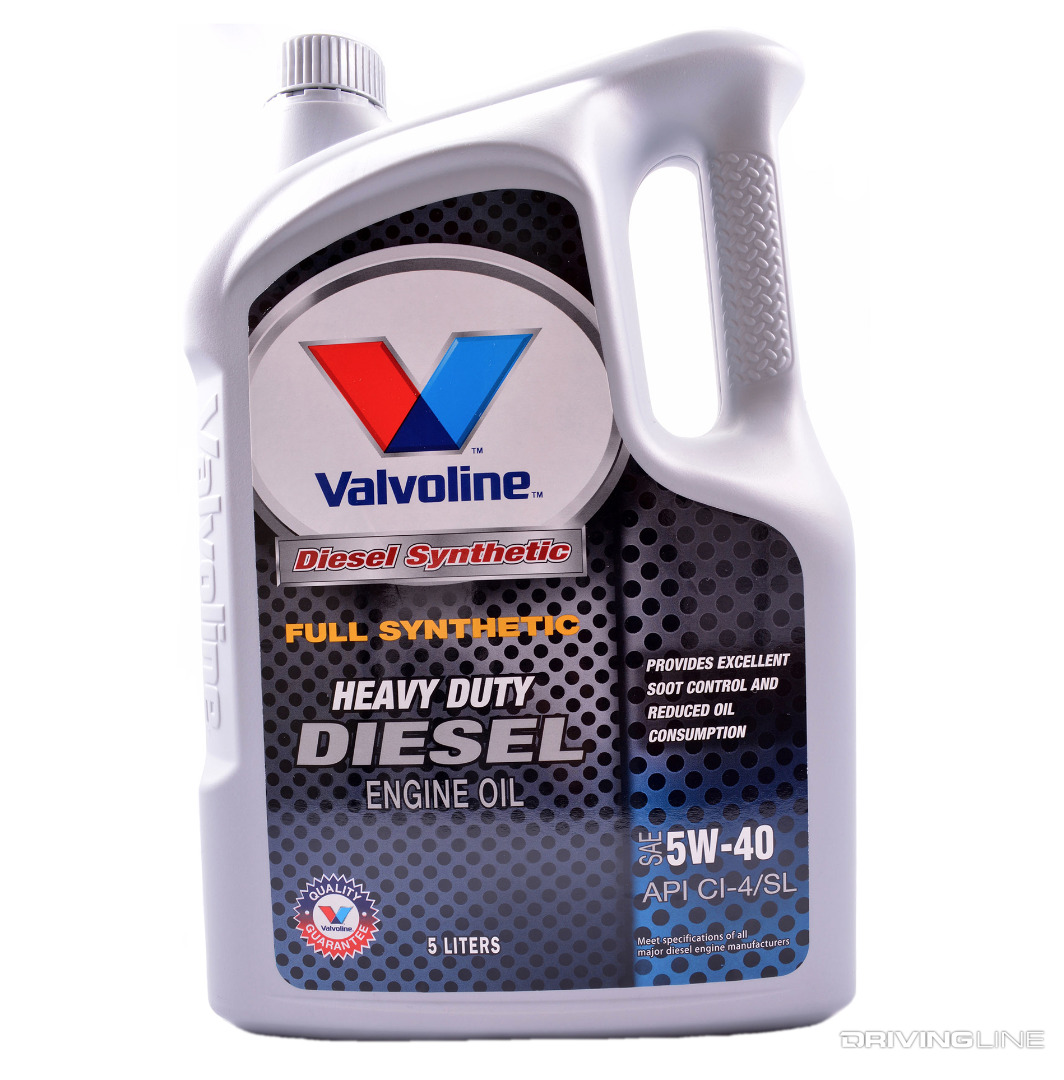No other diesel engine experiences more cold weather-related problems than the 6.0L Power Stroke. This version of Ford/International’s V8 (found in ’03-’07 Ford Super Duty’s) is notorious for its rampant cold-start issues in frigid conditions. Thanks to a complex injection system, which relies on engine oil to fire the fuel injectors, it’s plagued with a host of mechanical and electrical shortcomings—most of them rearing their ugly heads once winter hits. With nearly 2 million of these engines produced and well over a million still left in circulation, readying these mills for cold weather is big business. Thankfully, you don’t have to pay big bucks to make yours reliable.
Follow along as we spell out the five most important steps you can take to prepare your 6.0L for the months ahead. Trust us, if you spearhead these items now, you won’t be left out in the cold when winter strikes.
1. Load Test Your Batteries
Did you know that at 32 degrees Fahrenheit (freezing), your battery’s cold-cranking capacity is reduced by as much as 20 percent? Like any vehicle, the battery under the hood will die at some point, and winter is the busy season as far as battery sales are concerned. For all vehicles, we recommend testing the health of your battery using a multi-meter and checking voltage readings with the engine off (at least 12.6 volts), while cranking it over (at least 10 volts), and with it running (13.7 to 14.7 volts).
For diesels however, pulling the batteries and having them load tested at your local auto parts store is the best way to check their health. With two batteries in the mix on diesel trucks, a weak battery coupled with a good battery can mask the symptoms of the bad unit. We know, we know… no one is going to pull their batteries and lug them down to O-Reilly’s to have them load tested—they’ll just wait until they’re dead and replace them. The problem with doing that on a 6.0L Power Stroke is that you’ll likely be forced to replace the engine’s fuel injection control module at the same time.
2. Test Your FICM
Located on the driver's side valve cover of a 6.0L, the fuel injection control module (FICM) is in charge of sending a 48-volt signal to each injector solenoid in order for it to fire at the correct time. Weak batteries (supplying low voltage to the FICM) stress the FICM considerably, which can quickly damage its internal drivers. The biggest problem is that batteries often die a slow death, meaning the FICM could be seeing low voltage for quite some time before it or the batteries finally bite the dust. Aftermarket units with an improved circuit board design, more durable electrical components, better heat dissipation and higher voltage are available, as well as “half shell” units, in which only the side (or half) of the FICM that fails is replaced with a new, OEM half.
To accurately test the health of a FICM, voltage should be measured with the ignition keyed on (engine off), during cranking and with the engine running. During all three stages, voltage should read 48 volts. The top three signs of a weak FICM are: hard cold starts, decreased performance and lower fuel economy.
When just 33.5 volts was being realized on an ’04 test candidate (in the photo below), the truck was difficult to start and then proceeded to stumble, miss, smoke and idle rough until the engine oil temperature had risen above 120 degrees.

According to Ford, a FICM voltage reading of 45 to 48 volts is within spec. In our experience, anytime voltage drops below 30 volts, the engine is a bear to turn over, will hardly want to idle and may even set a few DTC’s for low voltage being sent to the injectors. In short, a dying FICM is noticeable. Unfortunately, by the time most owners notice the hard-start and rough idle problem, it’s already too late.

Parting Tip: A lot of folks mistake a failing FICM for a bad injector. Always check the health of the FICM before you arbitrarily start replacing injectors.
3. Lower Viscosity Engine Oil
The 6.0L Power Stroke utilizes a hydraulically activated, electronically controlled unit injector (HEUI) injection system, which relies on pressurized engine oil to activate the fuel injectors. This places the injection system at the complete mercy of the engine oil. Unfortunately, the 15W-40 motor oils that most diesel owners are used to running flow like caramel in freezing temperatures—hence the reason for so many hard-start and cold weather performance complaints with the 6.0L. The best way to remedy this is to switch to a lower viscosity oil, such as a 5W-40.

Rest assured, 5W-40 engine oils are approved for the 6.0L Power Stroke, as is 15W-30 (for temps below 30 degrees). A “thinner” oil will flow in and out of the 6.0L’s tight tolerance injectors much more freely in frigid temperatures, but will have the same performance as a 15W-40 once the engine is up to normal operating temperature.

Along with lower viscosity, a quality synthetic oil is preferred, as it can help keep the injectors free of carbon deposits and reduce wear. Last but not least, always observe Ford’s severe duty oil change internal of 5,000 miles, and only use a Motorcraft oil filter (PN FL-2016).
4. Run an Oil Additive
Stiction is an extremely common injector problem that’s known to plague 6.0L engines. It occurs after oil coking and carbon deposits accumulate within the injector, causing its moveable internal parts (specifically the spool valve) to experience friction during operation.

Once again, the symptoms of stiction are hard cold starts, rough idling and excessive smoke out the tailpipe until the engine oil warms up. Oil additives like Rev-X, Archoil AR9100, and Hot Shot’s Secret have proven capable of alleviating if not stopping stiction issues.

Typically added during an oil change, these oil additives remove carbon, varnish and oil buildup within the oil side of the injector, along with adding a super-lubricant coating to component surfaces for vastly reduced friction. To be clear, stiction solving oil additives aren’t the end-all, be-all. They can’t fix a damaged injector, but they can certainly help quell stiction issues before they lead to irreparable injector damage. A lot of 6.0L owners throw a bottle of additive in at each oil change as a preventative maintenance measure, and most of them never experience a stiction issue.
5. Test the Glow Plug System
While the glow plug system is fairly reliable on the 6.0L Power Stroke, ensuring it’s in good working order prior to winter’s arrival is never a bad idea (especially if your Super Duty is void of a block heater). After all, getting the engine started in winter weather is the most important goal, and a healthy glow plug system is essential in making that possible.

Checking the system is easier than you think, too. Simply locate the glow plug harness (on each bank of the engine), unplug it, set your multimeter to ohms (for measuring resistance), touch one lead to ground and touch each glow plug lead individually. Readings of 0 to 1 ohms indicate the glow plug is in good working order (no short).
The latter method allows you to test the glow plugs without having to pull the inner fender well and unplug each individual unit. Take comfort in the fact that if a glow plug flat-out fails, a DTC specific to that cylinder will be thrown. Also bear in mind that in freezing temperatures, the glow plugs will remain on for more than a minute as long as the ignition is keyed on (there is no need to cycle the ignition on and off).